After a tiring and frustrating day, where would you instantly like to be? There is nothing in the world as sweet as home. It’s the prominent place where you willingly stay at your utmost comfort and pour out all your emotions.
But often, having to move to a new house and leave the old one behind can be a very emotional task. Thereupon come some extra chores.
To make your new house feel more like a home, some considerable improvements and necessary amendments need to be carried out.
For a full guide on home improvement, you can also check PropertyWorkshop.

1. Plan Your Remodel
Confused about where to start? Don’t worry, we got your back. Take proper time to think about how you would like to see your house and which things need to get renovated. Go one by one room and check each and every corner before you instantly move in.
And if you are someone who has to remodel everything on their own, try to have these handy tools with you; impact drivers, measuring tape, cordless drill, speed square, pliers, oscillating tool, ladder, sledgehammer, etc. For better results, here are 10 tips on house improvements you need to do before you move in!
2. Restructure the Shelves
Moving to a new house is a huge hustle to take on your shoulder. At the same time, while unpacking, if you don’t know where to fling all your things, that’s going to cause a deeper trouble for you.
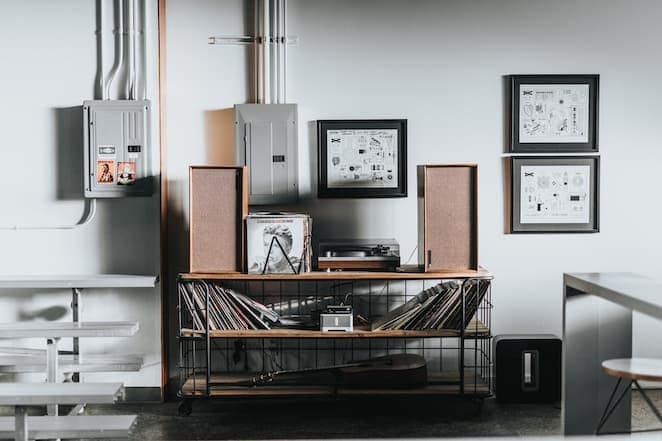
So, before you even mark your first box to open, restructure the shelves as per your comfort. For extra things or for more space, try DIY shelving hacks. Do it for all the closets and other organizers.
3. Deal with the “Popcorn” Ceiling
The concept of popcorn ceiling is usually discovered on houses built from the 1930’s to the 1980’s. Once, the style of this ceiling was exceptionally standard. So, there is a high probability that, if you move to an older house, you will find this.
Even though the design might look undistorted, it’s unsafe to keep it up. There are significant chances it is toxic or contain asbestos. The process to get rid of it is usually scraping off the gritty texture with a putty knife after softening it with water.
This can be done by professionals as well.
But while the scraping is done, the house could get really untidy if there is any furniture under it. Hence it’s best to do it before you move to your new house.
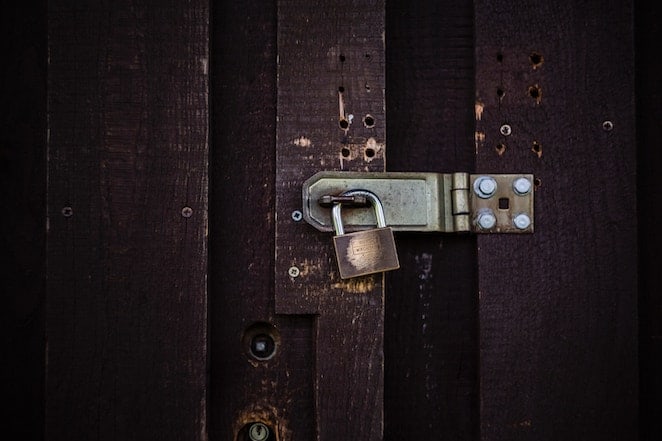
4. Update Your Locks
Replacing your locks doesn’t fall under any heavy work yet it’s a simple task everyone can forget to do. Even if you genuinely feel that the former key holders were quite trustworthy, it is always recommended to instantly update your locks.
5. Affix the Flooring and Carpeting
While moving to a new house, flooring might not be the first thing you would naturally want to upgrade. It’s a lofty thing to perform. Replacing the whole flooring could sound like an expensive task to do. Although a few would prefer doing it after moving in or slightly repair it.
But it’s easier done before the furniture is moved. If you feel confident about the previous flooring, a little fixing will do the job. But examine it properly and then decide.
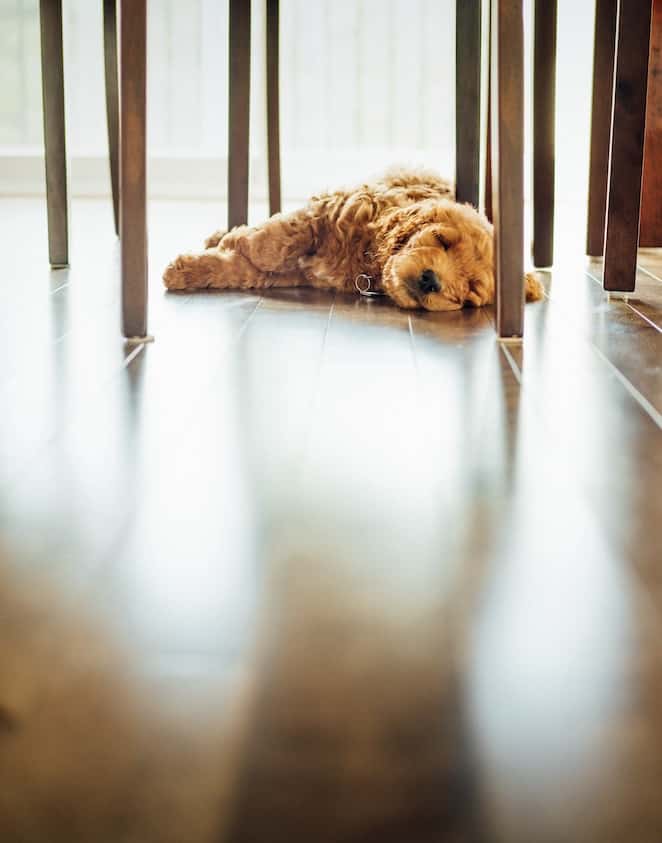
To refresh tired rooms and inflate the value of them, you can select projects that you can tackle yourself, or take someone’s help.
Floating floors, lay engineered wood floors, checkerboard floors, cork floor, vinyl tile floor you can take all these into your consideration. Don’t miss out on your garage floor as well.
What about carpeting? If the former inhabitant of that house had pets or babies, you should definitely check the carpeting to see whether it’s fine or not.
6. Baby-proof Your Home
Before your babies or pets start scooting around the new house, it’s your duty to make the place safe for them. Block all open outlets with furniture, or use safety plugs.
Cover all sharp furniture corners and edges. Remove any poisonous plants and keep the medicine cabinet out of your baby’s reach. Smoke detectors, fire extinguishers, keep all these things up and learn how to use them.

For extremes, install a CCTV camera.
7. Smoke and Alarm Systems
Smoke detector systems remain the core of a house. You need to install smoke alarms inside every bedroom, in your hallway that connects other rooms, and other levels of your house including the basement.
It’s better done before you move in because even one night without this alarm could cause a huge accident.
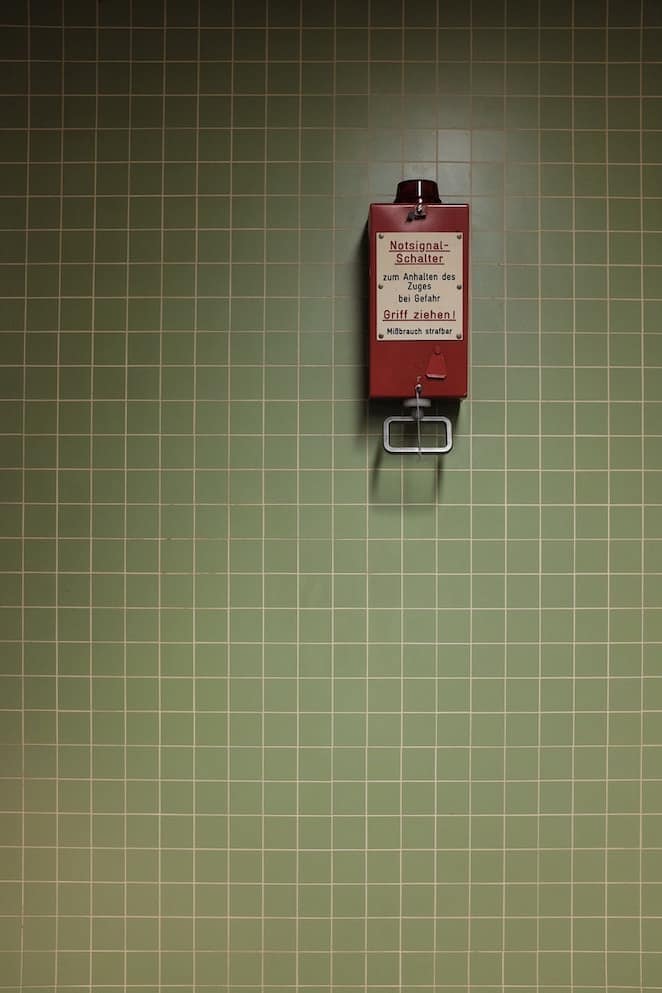
If the alarms are already installed, check the batteries in the smoke alarms and carbon monoxide detectors. Change the battery because you won’t know when was the last time it was replaced.
Know how to use them properly to avoid any extra ruckus.
8. Heating and Cooling Filters
Replacing the filters of a heating and cooling system is not that hard. You can cleanse it and install it by all on your own.

Nevertheless, you can hire professionals if you don’t feel confident, but don’t stay with an old facility because later it will cause some serious consequences.
9. Repaint and Remove Old Wallpaper
To develop a new home for a more lively, refreshing, and comfy vibe, painting comes first. Paint times are admittedly the fun times. With an empty house, there is merely any rush to cover anything or move furniture.

You can keep doing your paint any way you want.
Also, it’s best to remove the old wallpapers and replace them with your new favorite.
10. Check Bathroom and Kitchen
These two places are the most important parts of any house. Make sure both of these work fine so that they don’t cause any trouble when you shift.
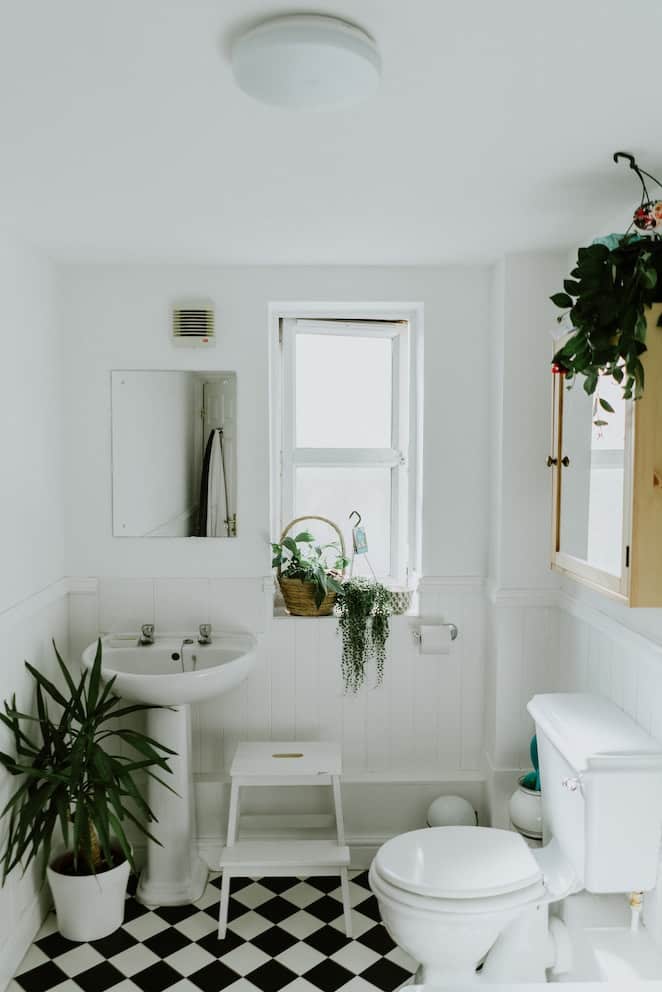
Also contact the former family and ask if they had any major issues with the kitchen or bathrooms and solve them immediately.
11. Hire a Professional if Needed
We all are some way or another capable of resolving the house issues on our own. But sometimes for greater safety, it’s best to have it checked by a professional and hire them for correcting the issues.
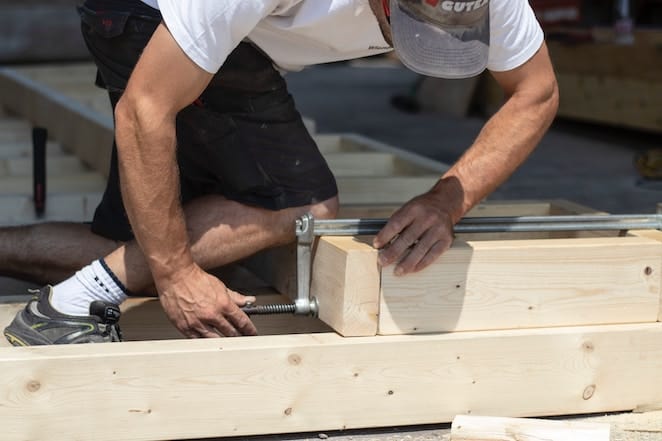
Lastly
Whether you try to keep your hands away from these improvements before you move in, this ruckus will gradually come to your shoulder after you shift.
To fix these things with a fully loaded house is gonna cost you some extra big chores. To avoid it, don’t overlook any little issue that can cause trouble later.
